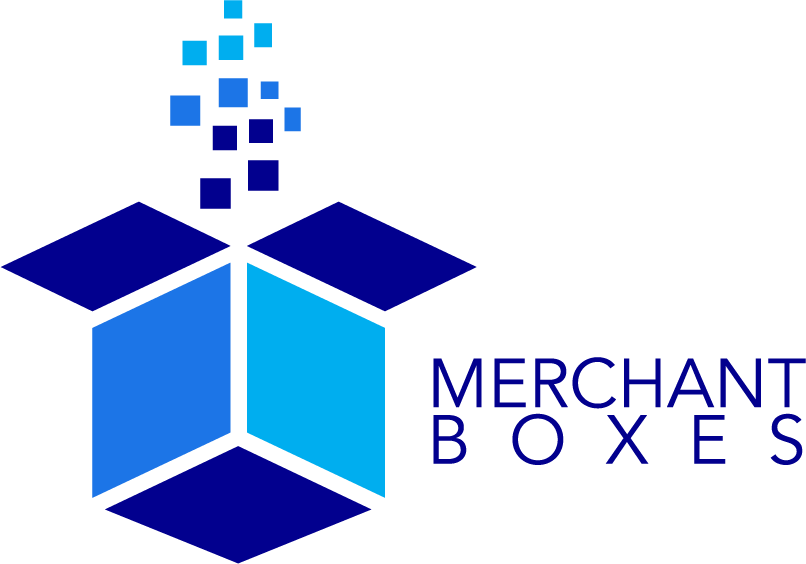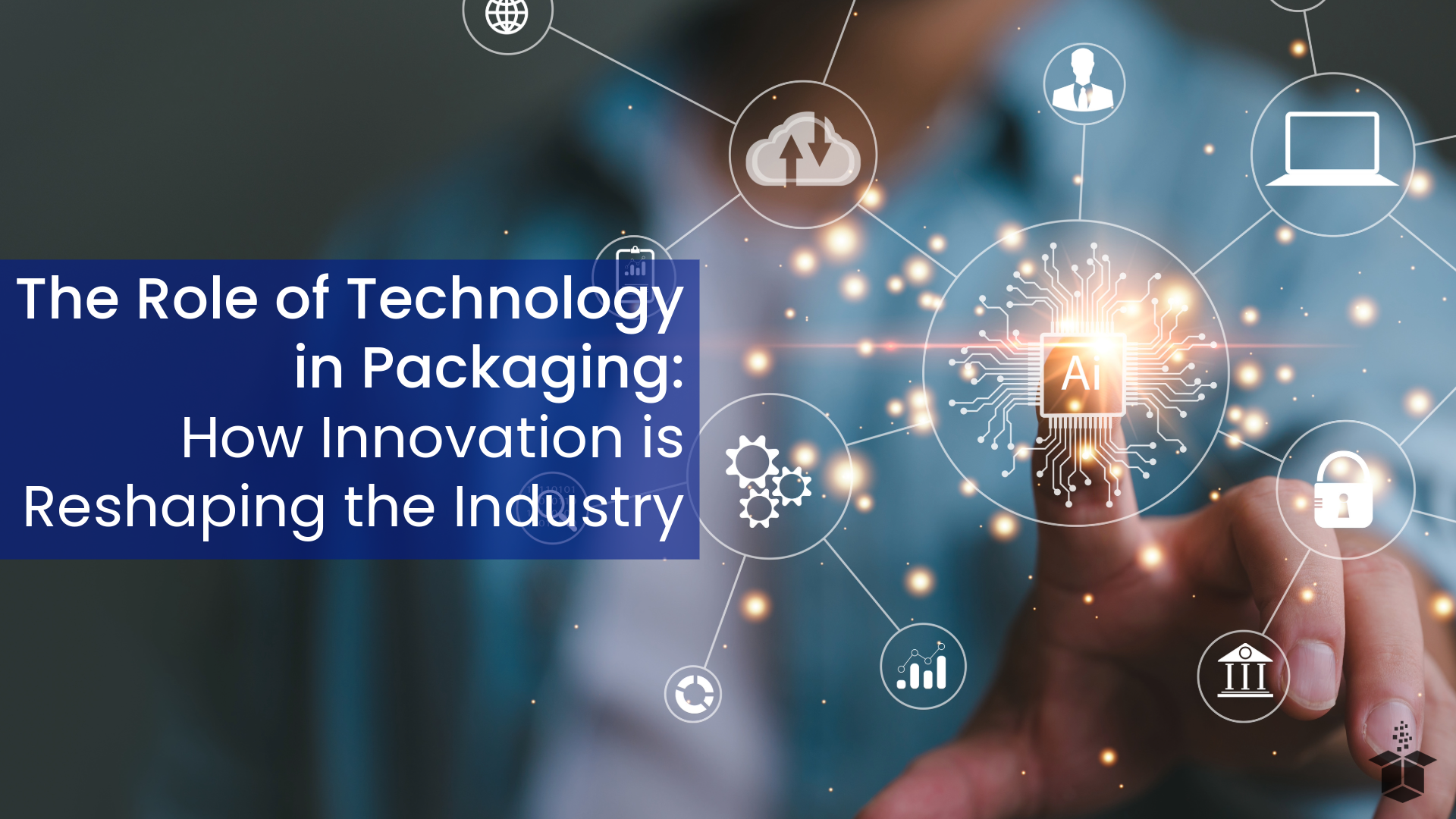The Role of Technology in Packaging: How Innovation is Reshaping the Industry
The packaging industry is undergoing a significant transformation, driven by rapid technological advancements. Brands are no longer just looking for packaging that protects their products—they want smart, interactive, and efficient solutions that enhance customer experiences, optimize logistics, and strengthen brand loyalty. Technologies like artificial intelligence (AI), QR codes, RFID tags, augmented reality (AR), and others are revolutionizing how packaging functions. Let's look at how these innovations are reshaping the industry.
AI-Powered Packaging Solutions
Artificial intelligence is playing an increasingly vital role in packaging, particularly in design, automation, and personalization. Here’s how AI is making a difference:
Smart Packaging Design – AI-driven software can analyze trends, materials, and sustainability factors to create optimized packaging solutions. Brands can use AI to design packaging that reduces waste while maintaining durability and visual appeal.
Supply Chain Optimization – AI helps predict demand fluctuations, reducing overproduction and minimizing waste. By analyzing historical sales data, AI can assist brands in procuring the right amount of packaging materials at the right time.
Personalization – AI-powered variable printing enables brands to customize packaging for individual consumers based on their preferences or past purchases. This can include personalized messages, limited-edition designs, or region-specific variations.
QR Codes: A Bridge Between Physical and Digital
QR (Quick Response) codes are two-dimensional barcodes that store information in a square grid. When scanned using a smartphone or a dedicated QR scanner, these codes direct users to websites, digital content, or provide specific data related to the product.
QR codes have become a staple in packaging due to their ease of use and ability to connect customers with digital content. They provide a seamless way for brands to offer:
Product Information – Instead of lengthy on-pack descriptions, QR codes can direct customers to ingredient lists, usage instructions, or sustainability credentials, leaving the packaging clutter-free to tell the brand story.
Engagement Opportunities – Brands can use QR codes for gamification, loyalty programs, or exclusive content like behind-the-scenes videos or influencer collaborations.
Traceability & Transparency – Consumers are increasingly interested in where their products come from. QR codes can provide real-time tracking, sourcing information, and authentication details for luxury or high-value items.
RFID Tags: Enhancing Logistics and Security
Radio Frequency Identification (RFID) tags are small electronic devices that use radio waves to transmit data to a reader. Unlike traditional barcodes, RFID does not require a direct line of sight, making it highly efficient for tracking inventory and verifying authenticity.
RFID technology is changing how brands track and manage inventory. Key benefits include:
Inventory Management – Retailers and manufacturers can track stock levels with real-time precision, reducing waste and preventing stock shortages.
Anti-Counterfeiting Measures – RFID tags help authenticate products, particularly in industries like luxury goods, pharmaceuticals, and electronics.
Improved Customer Experience – Smart shelves with RFID can notify customers about stock availability or help brands implement automated checkout experiences.
Augmented Reality (AR): Interactive Packaging Experiences
Augmented Reality (AR) is a technology that overlays digital content onto the real world through devices like smartphones, tablets, or AR glasses. Unlike virtual reality (VR), which creates a completely digital environment, AR enhances real-world objects with interactive elements.
AR is elevating packaging from a passive container to an interactive experience. With just a smartphone, consumers can unlock engaging digital content, such as:
Virtual Try-Ons & Demonstrations – Brands can use AR to show customers how products will look or function before purchase. This can be especially useful for cosmetic and fashion brands as well as for brands selling furniture or home decorations.
Storytelling & Brand Engagement – AR can bring packaging to life with animations, 3D product visualizations, or even character interactions for kids’ products.
Education & Safety – Pharmaceutical and food brands can use AR to provide detailed instructions, dosage guidelines, or recipe suggestions.
Blockchain for Packaging Transparency
Blockchain is a decentralized, digital ledger technology that records transactions across multiple computers in a way that ensures security, transparency, and immutability. Each transaction, or "block," is linked to the previous one, creating a secure and traceable chain of data.
In the packaging industry, blockchain is being used to enhance trust and transparency in supply chains. Key benefits include:
Consumers Can Verify Authenticity – High-end goods, from fine wines to designer handbags, can include blockchain-based authentication to prevent counterfeiting. By scanning a QR code or NFC tag, consumers can access a verified record of the product’s origin.
Enhanced Traceability – Blockchain allows shoppers to trace the journey of their products, from raw materials to the final packaged product. This builds trust in ethical and sustainable sourcing, especially for food, pharmaceuticals, and luxury goods.
Supply Chain Efficiency and Security – Blockchain enables companies to track shipments in real-time, reduce fraud, and streamline logistics. By eliminating intermediaries and ensuring data integrity, businesses can optimize operations and reduce costs.
The Future of Smart Packaging
As technology continues to evolve, packaging will become even more intelligent, sustainable, and customer-focused. Some upcoming trends to watch include:
Biodegradable smart packaging – Eco-friendly materials integrated with smart features like embedded sensors to monitor freshness in perishable goods.
Temperature-sensitive ink – Packaging that changes color based on temperature shifts to ensure optimal product freshness.
Internet of Packaging (IoP) – Packaging embedded with IoT (Internet of Things) sensors that collect real-time data on product condition, such as humidity, shock impact, or expiration alerts.
Edible Packaging – Advances in food technology may lead to fully edible packaging made from natural ingredients, reducing waste and improving sustainability.
Conclusion
The role of technology in packaging goes far beyond aesthetics—it’s about creating meaningful interactions, streamlining operations, and enhancing customer trust. From AI-driven personalization to AR-enhanced experiences, technology is making packaging smarter, more functional, and more engaging than ever. As businesses embrace these advancements, they’ll not only improve efficiency but also strengthen connections with their customers in an increasingly digital world.
Is your brand ready to integrate cutting-edge technology into your packaging strategy? Let’s innovate together and build the future of packaging!





